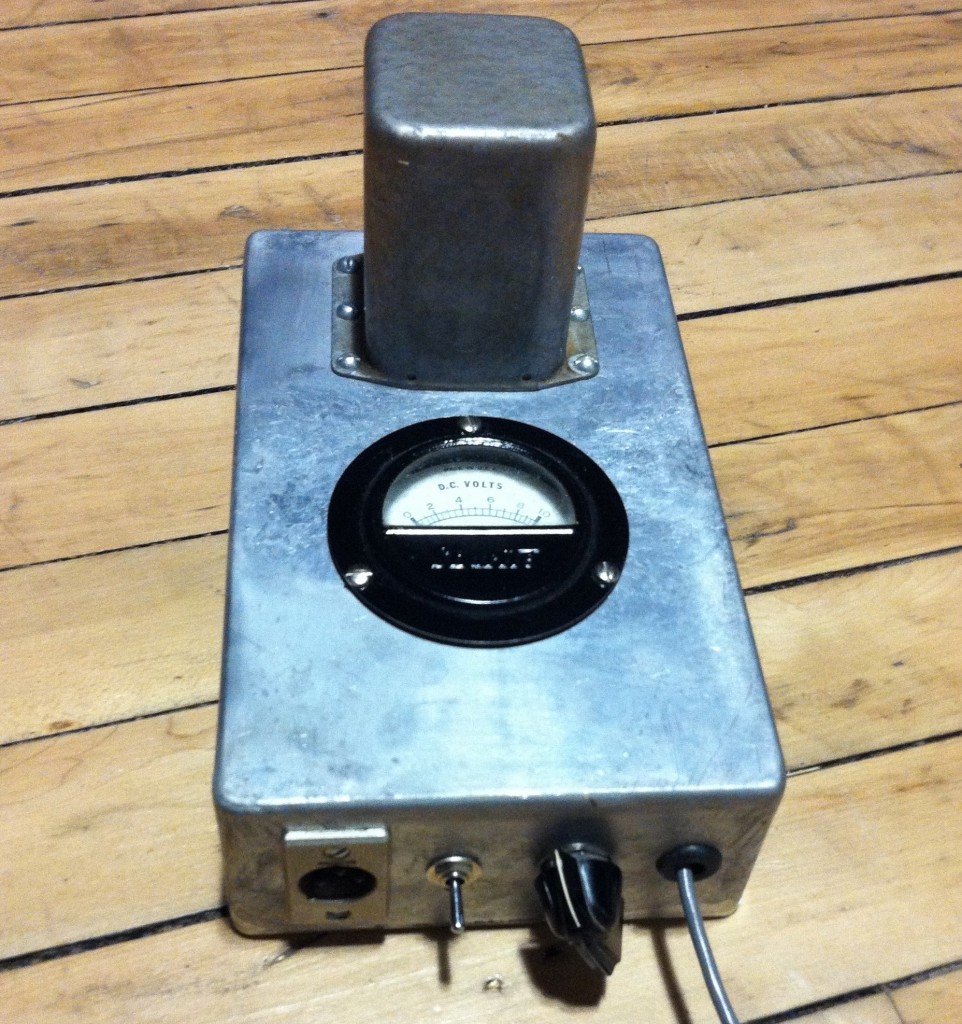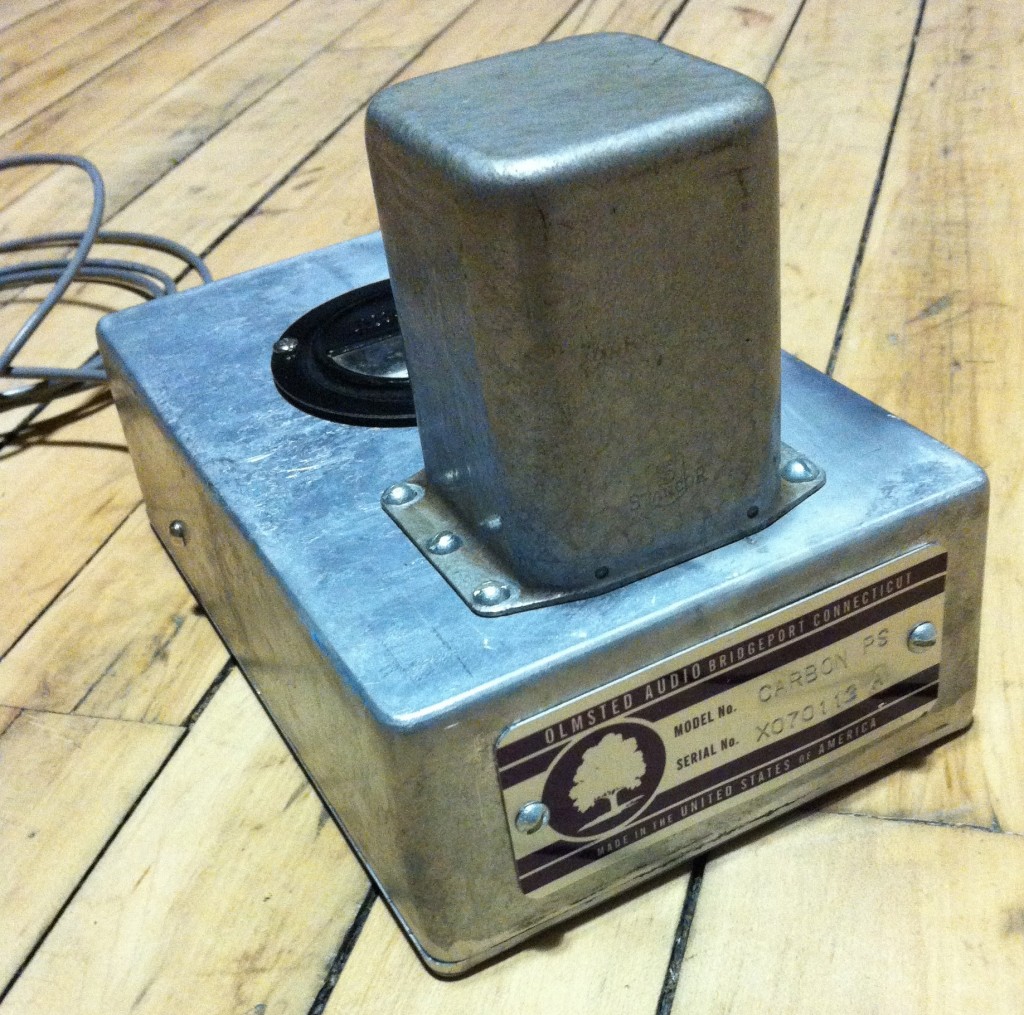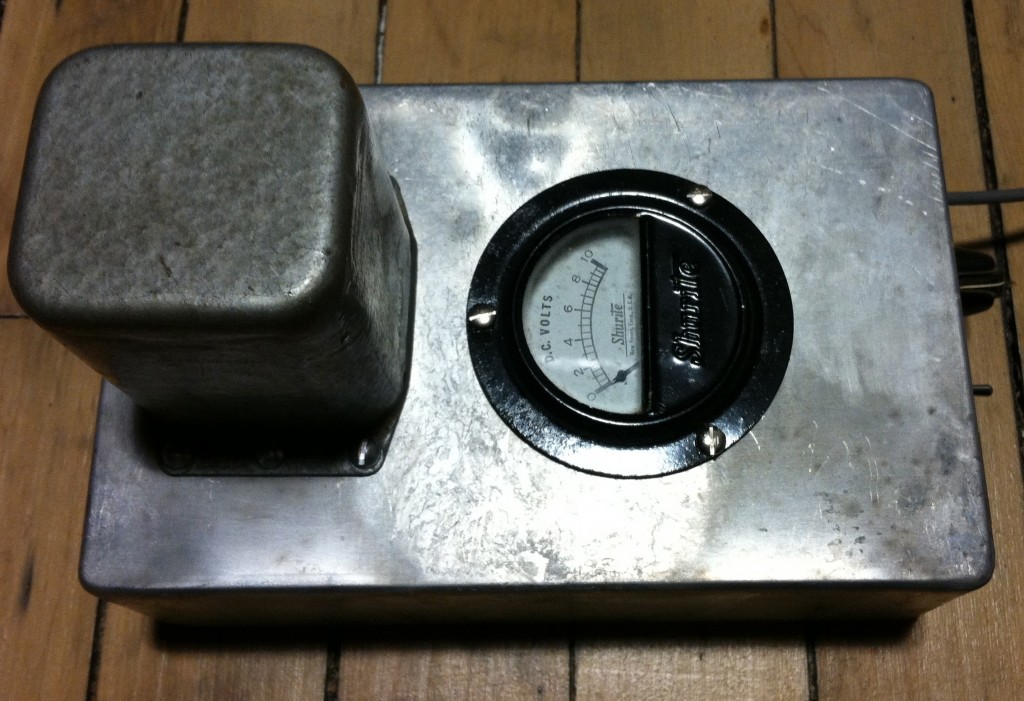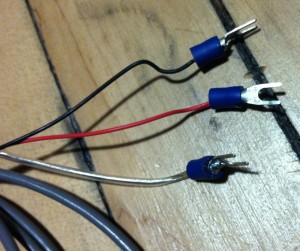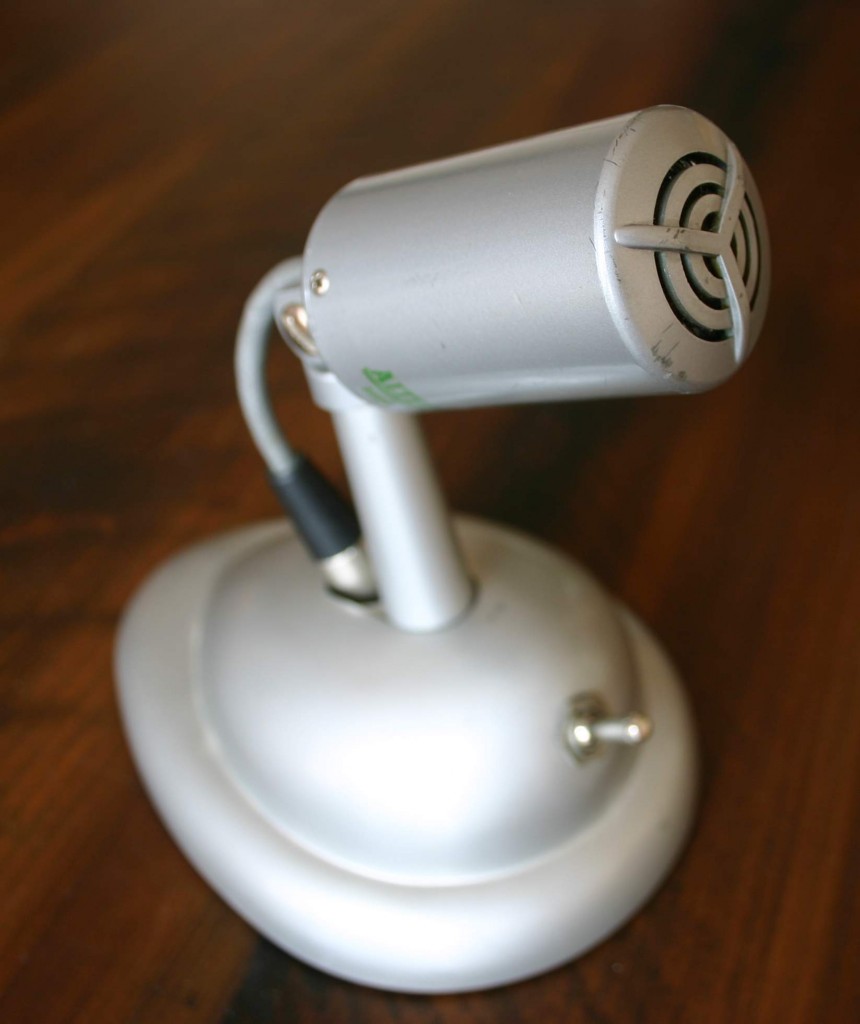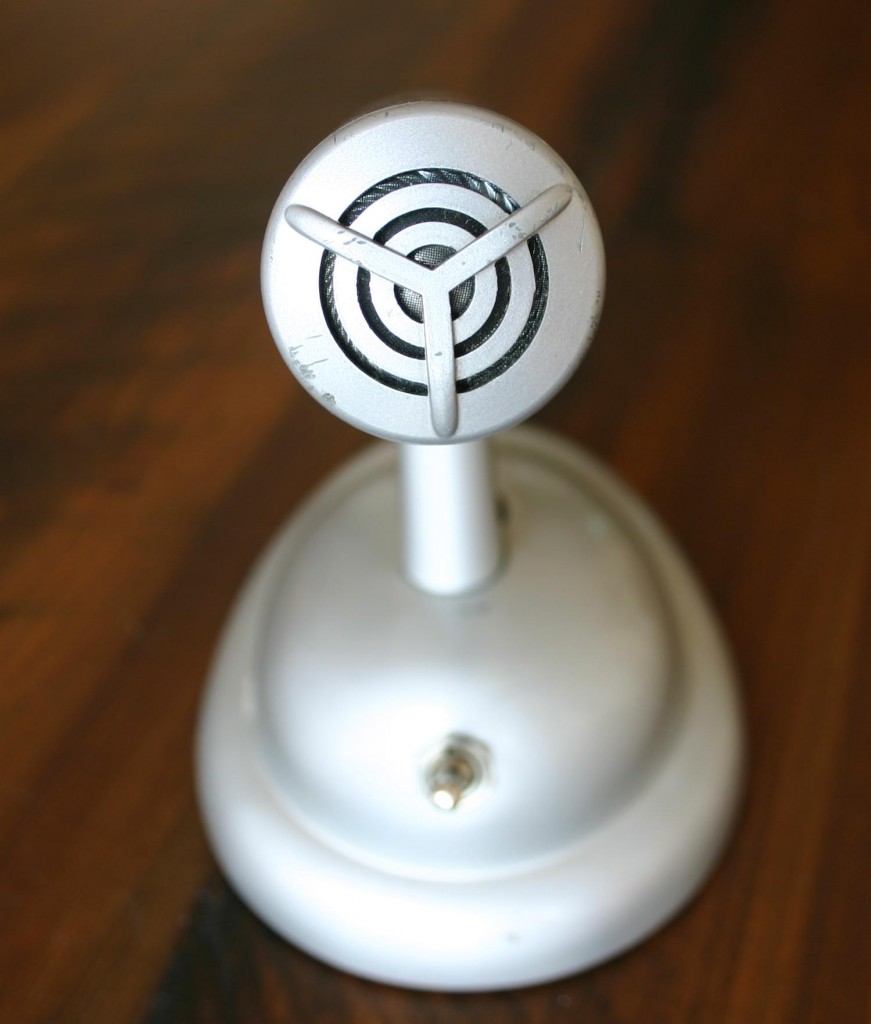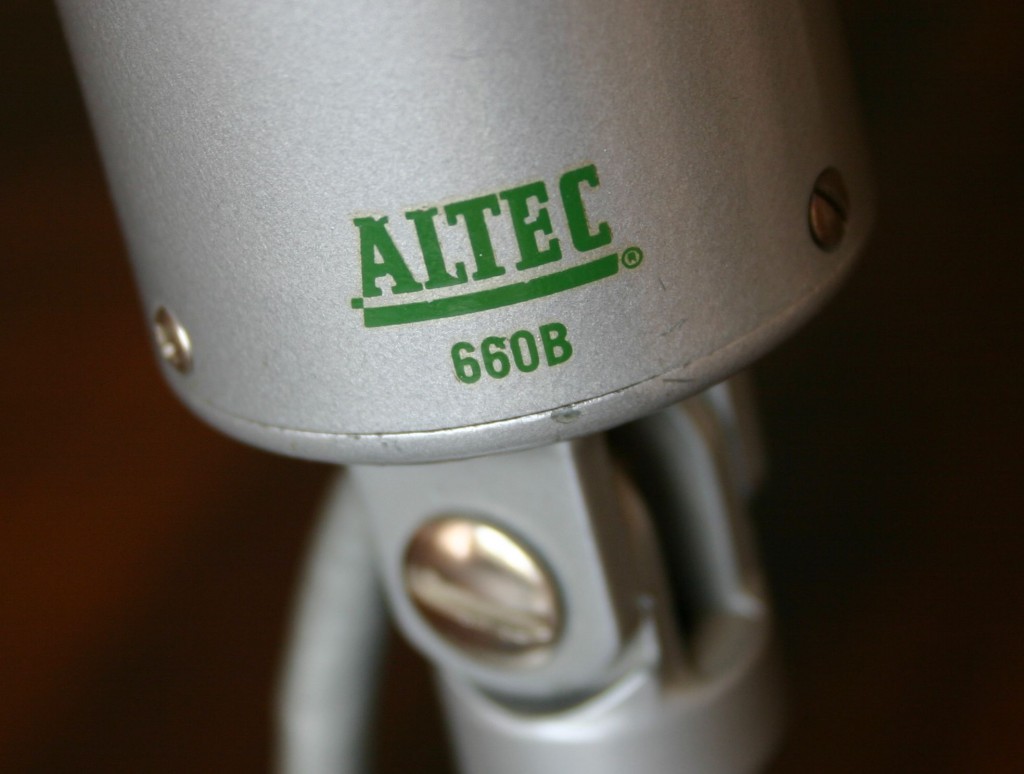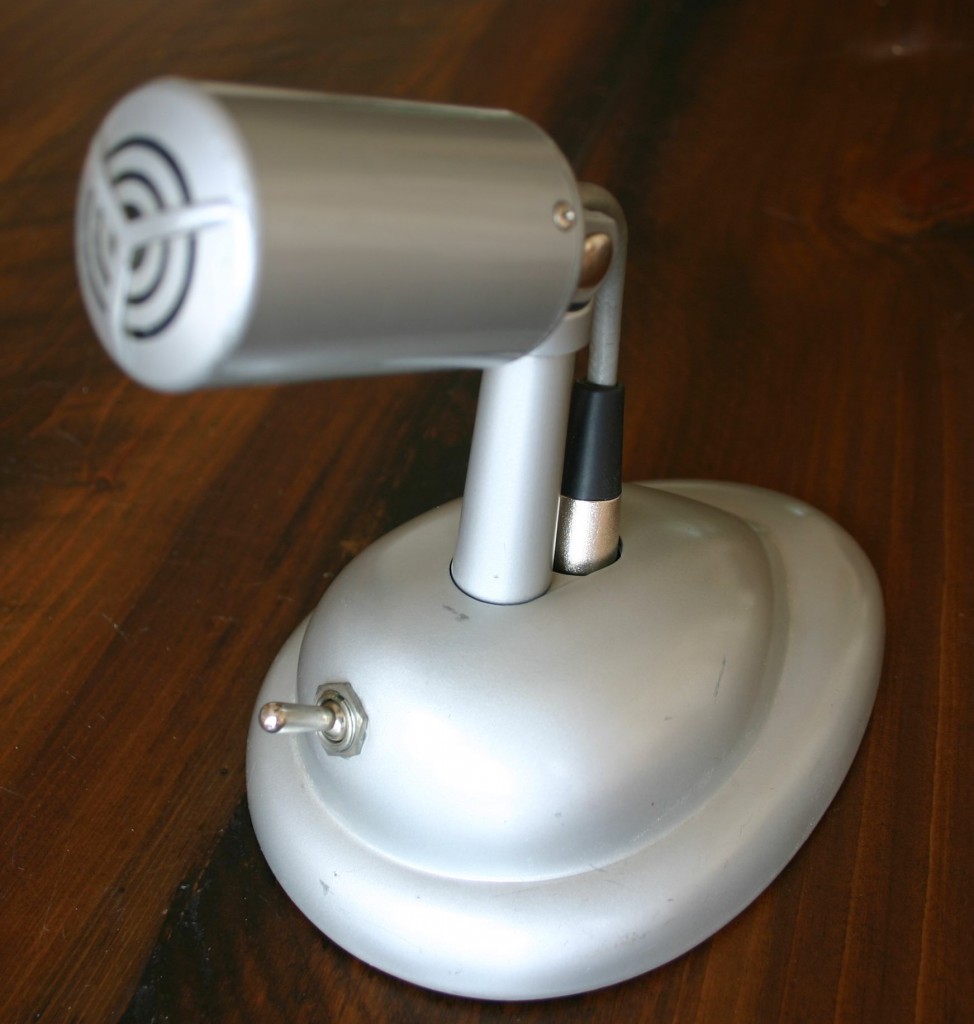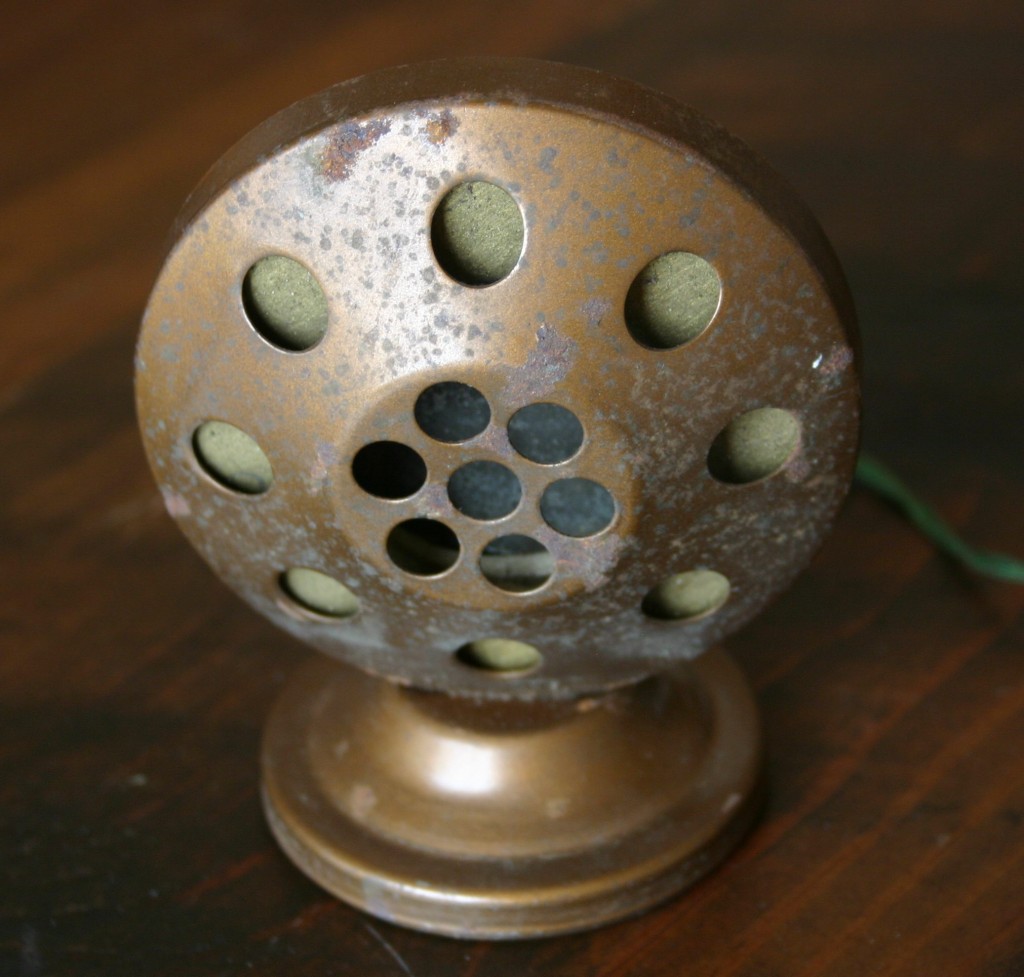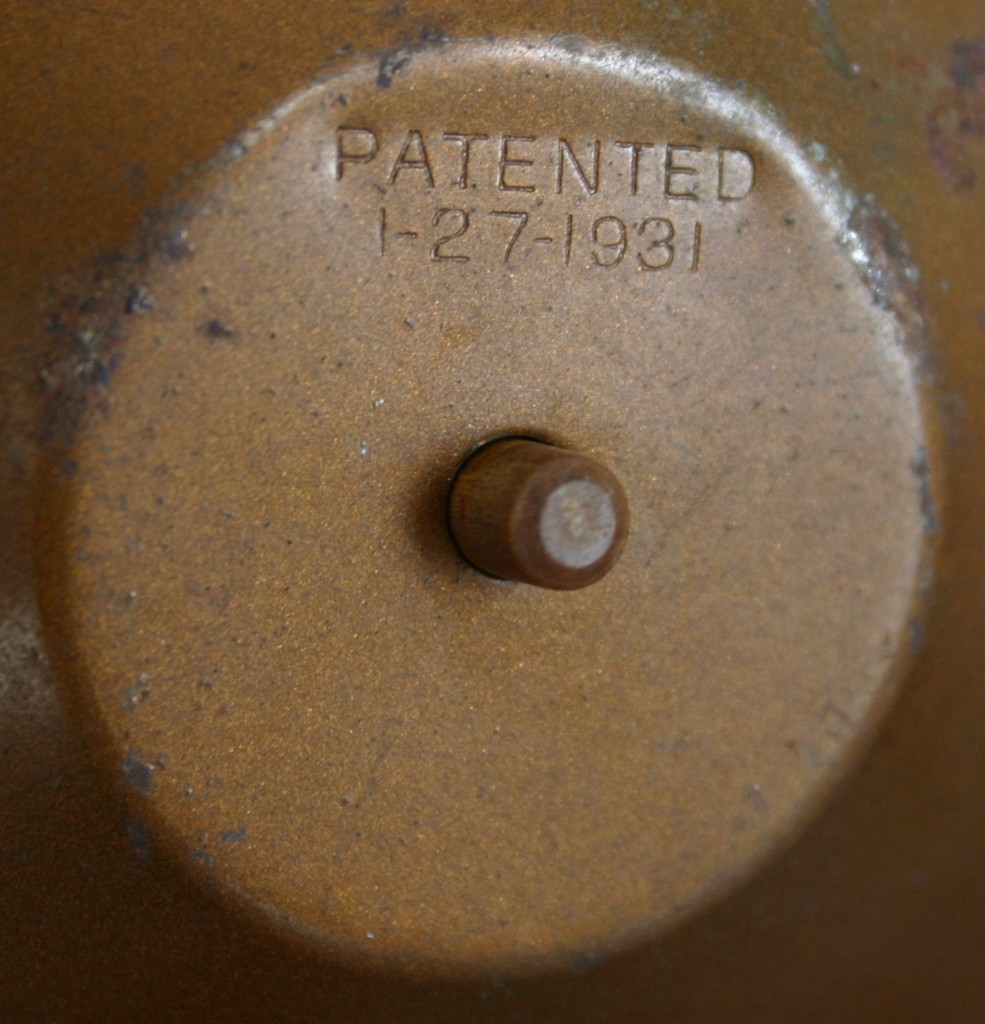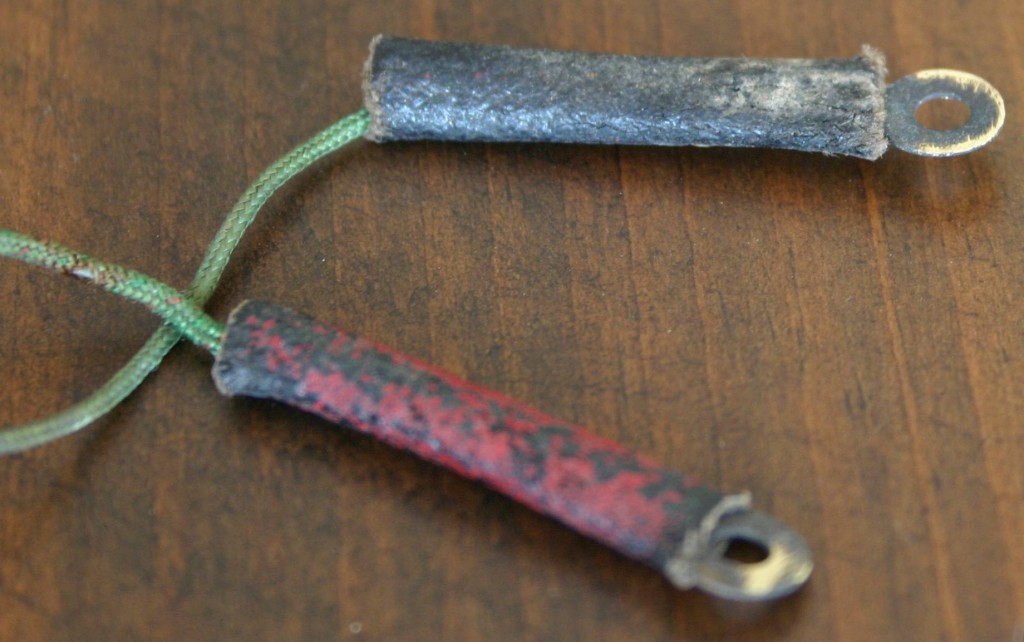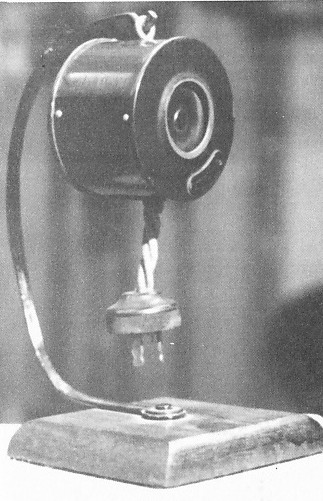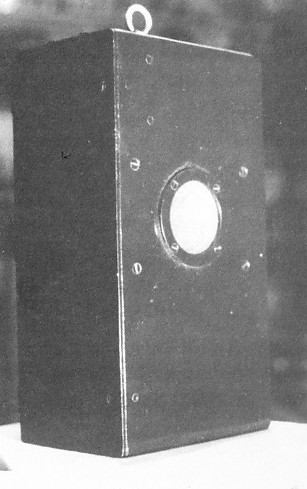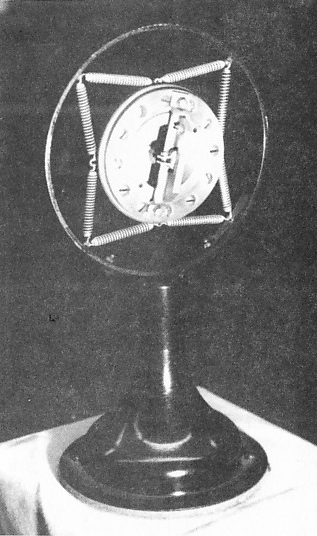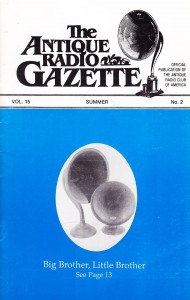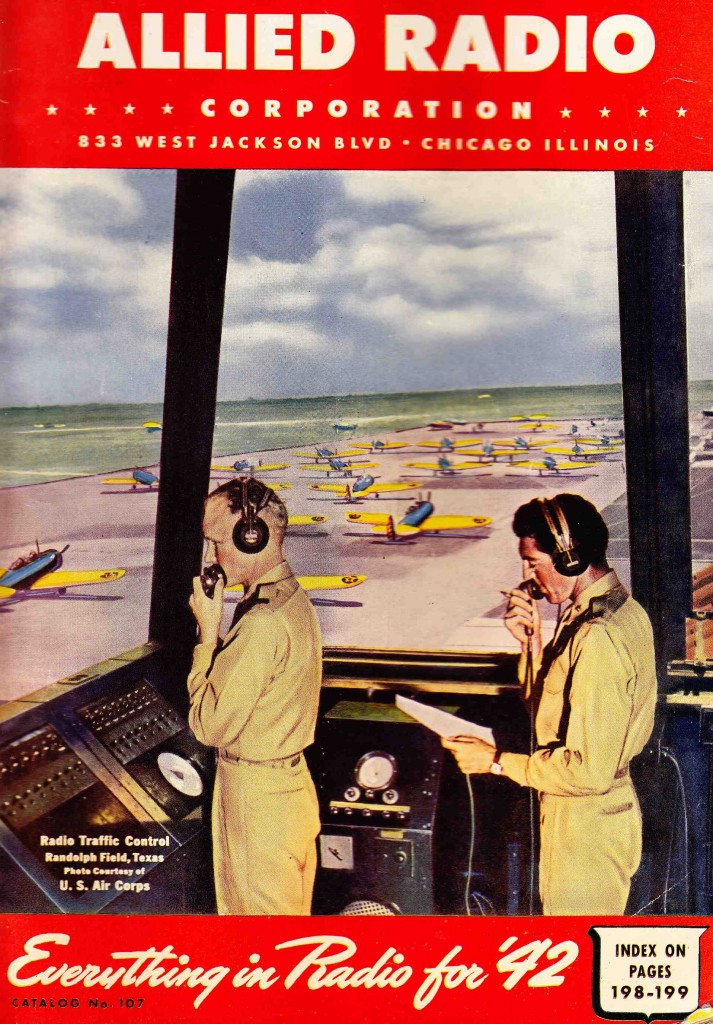 Download a four-page catalog scan of the microphones of offer from Allied Radio in 1942:
Download a four-page catalog scan of the microphones of offer from Allied Radio in 1942:
DOWNLOAD: Mics_Of_1942
Models covered, with photos, text, and some specs, include: Astatic T-3, JT-30TT, GT-3, N-30, and DN mics; Shure 708-A, 750-B, 730A Uniplex, 55c, 55a, and 555 Unidyne, Shure 7A, 705A, and 70H Crystal microphones; Electrovoice 630, 640, and Cardax dynamics, and V-2, V-1 ribbon mics; Amperite PGL Dynamic and RBHK and RBMK ribbon mics; RCA MI-6205 Aerocrystal Microphone; Bruno WS, SS, and HS high-impedance ribbon mics; plus more.
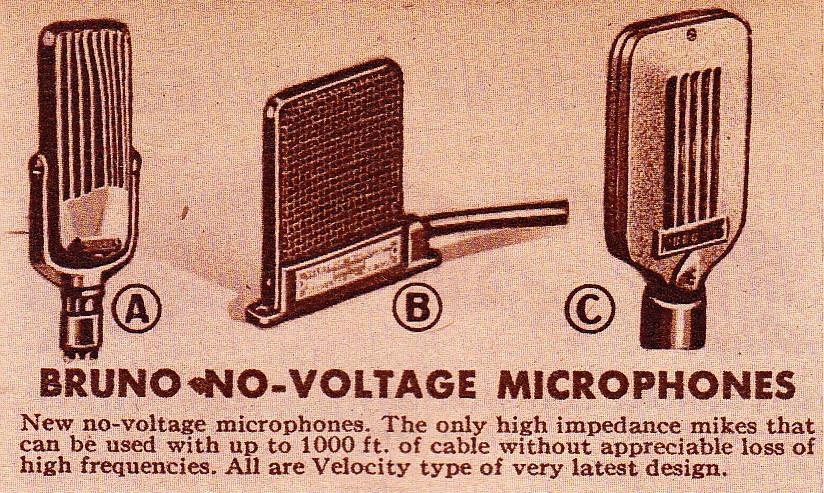 Bruno Microphones Circa 1942
Bruno Microphones Circa 1942
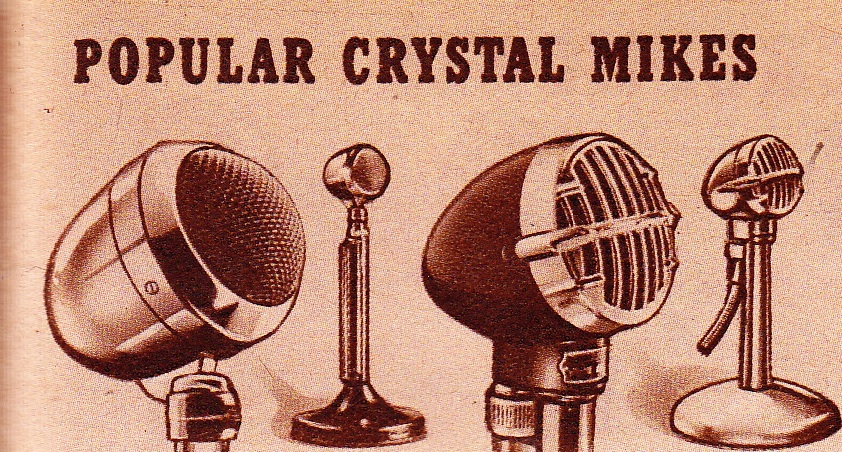 Astatic Crystal Microphones Circa 1942
Astatic Crystal Microphones Circa 1942
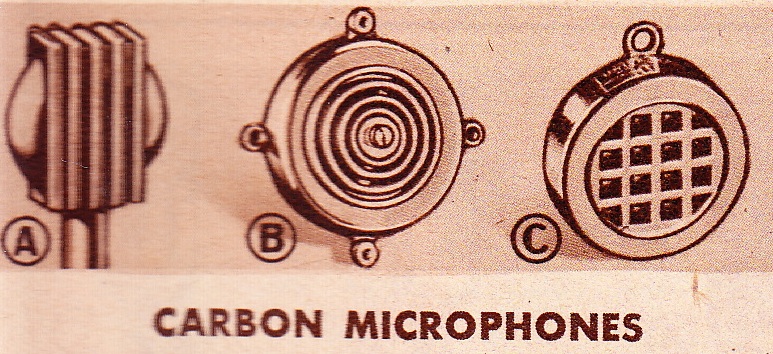 Electrovoice and Universal Crystal Microphones of 1942. The most primitive of microphones. I recently got the chance to use my ancient Lifetime Model Six Carbon mic on a contemporary vocal session. It actually worked out great. This is ATLANTIC CITY, my studio project with T.W. LISTEN: Ten Past Midnight
Electrovoice and Universal Crystal Microphones of 1942. The most primitive of microphones. I recently got the chance to use my ancient Lifetime Model Six Carbon mic on a contemporary vocal session. It actually worked out great. This is ATLANTIC CITY, my studio project with T.W. LISTEN: Ten Past Midnight
 Electrovoice and Amperite Ribbon Mics c. 1942
Electrovoice and Amperite Ribbon Mics c. 1942
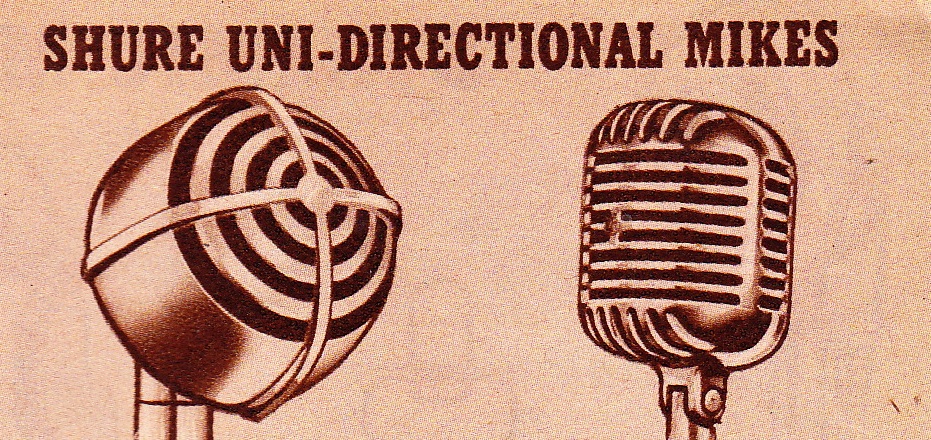 Shure Cardiod Mics c. 1942
Shure Cardiod Mics c. 1942
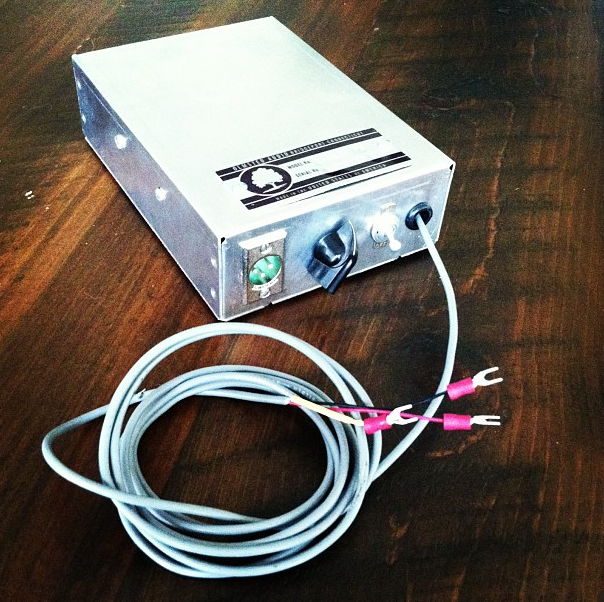 So you bought a Lifetime Model six (or some other ancient double-button carbon mic) on eBay; how the hell do you get sound out of it? Yr prolly gonna need one of these. A carbon mic P/S. Allows a double-button Carbon mic to hook up to any mic preamp.
So you bought a Lifetime Model six (or some other ancient double-button carbon mic) on eBay; how the hell do you get sound out of it? Yr prolly gonna need one of these. A carbon mic P/S. Allows a double-button Carbon mic to hook up to any mic preamp.